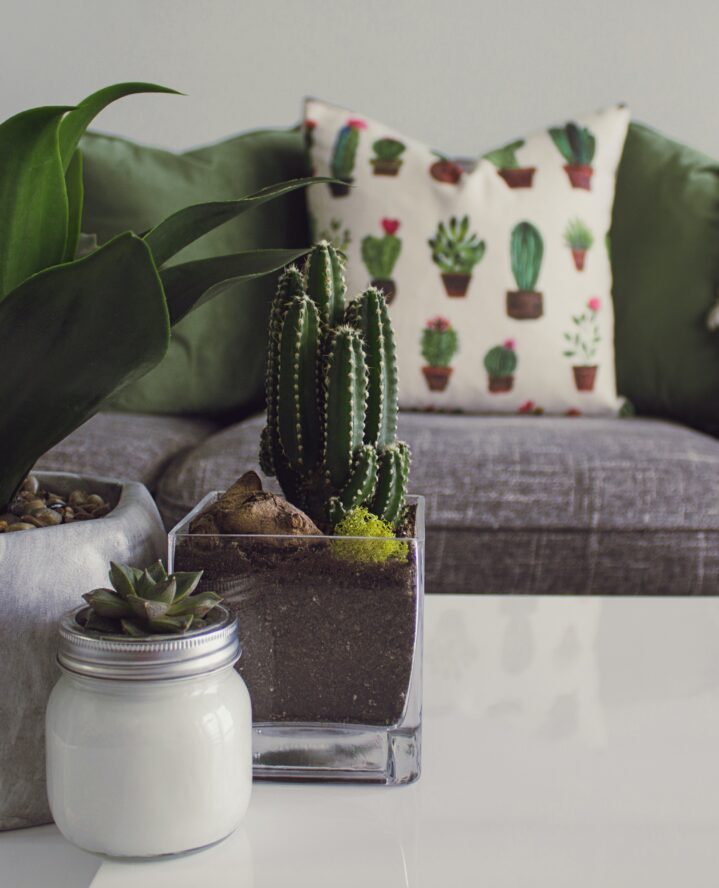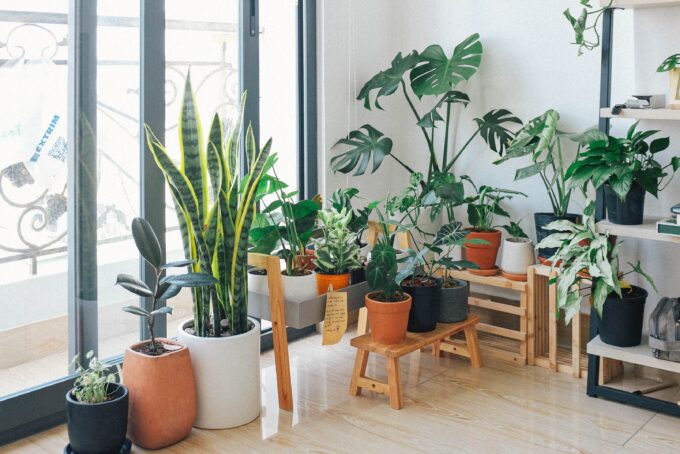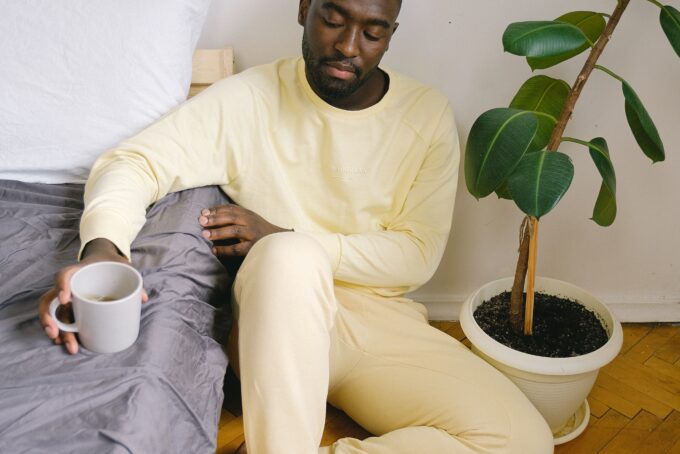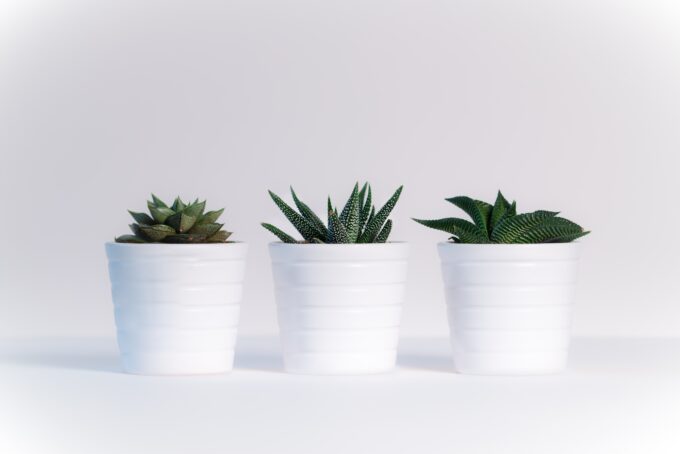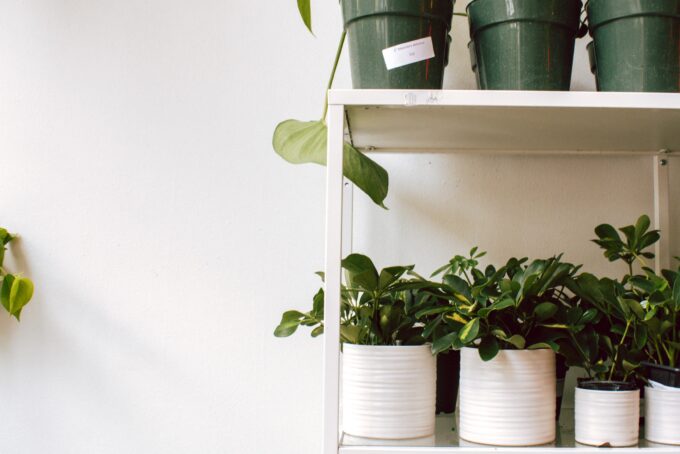The moment you bring home your first “plant baby” is a special one. After picking out the perfect spot where it will live out its sun-drenched days, suddenly it dawns on you. If one little houseplant brings you such joy, wouldn’t more plants bring you even more joy? The answer is yes, always yes.
But being a plant parent is journey full of unexpected turns, uncertain paths, heartbreak, and happiness. You’ll discover some plants could be knocked over and trampled and never lose a leaf. While others, if you so much as look at them funny, they’ll collapse in a sad, brown heap. If that sounds dramatic, it’s because it most certainly is.
But, with a little patience and practice, you’ll learn to avoid the pitfalls and be well on your way to having a lush indoor jungle in no time. Here are a few common issues many new houseplant owners face, and how to fix them.
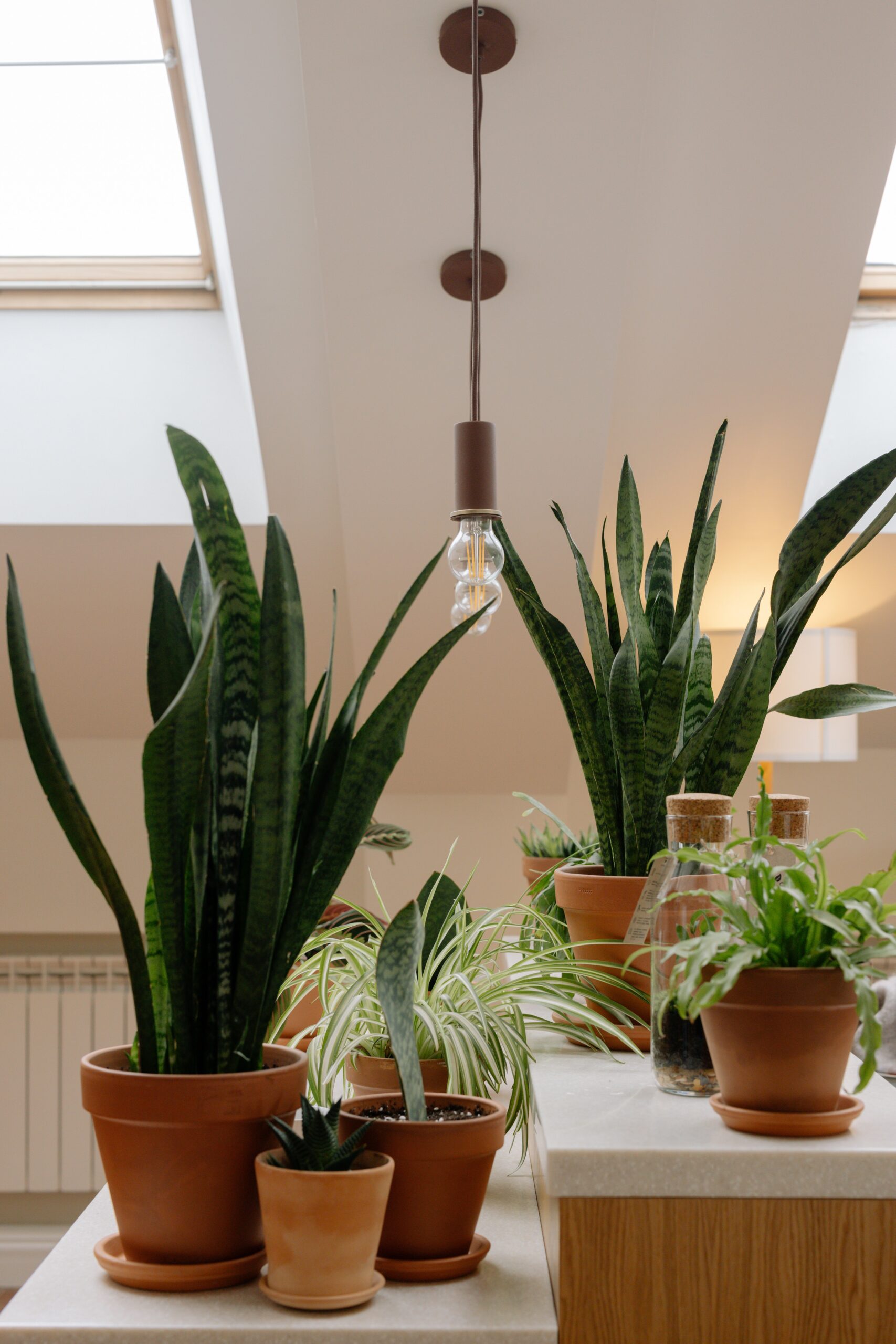
Drooping Leaves: A Cry for Help
One of the most common issues faced by new plant owners is the sight of drooping leaves. Your once-vibrant houseplants now look like they’re on the verge of giving up. But why do they droop, and what can you do to bring them back to life?
Drooping leaves can usually be traced to one of two problems, either underwatering or overwatering. While this seems like two different extremes, don’t worry, with the process of elimination you’ll find your answer.
Getting a moisture meter for your pot will confirm for sure, but you can also tell by sticking your finger in the soil about two inches. If the soil is bone dry, your plant needs water. If it’s moist, it could be overwatering.
For underwatered plants, pour filtered water in the pot until it drains out the bottom and wait a few days to see if your plant perks up. You’ll also want to make sure it has proper drainage, so the roots don’t get water logged.
If overwatered, which is typically the case, don’t panic. Let your plants dry out for a week or two and check the soil, your plant may just bounce back.
Browning Leaf Tips: Unmasking the Culprits
Browning leaf tips can be frustrating and unsightly, but they’re often an indicator of specific issues with your houseplant’s environment.
Indoor plants, especially tropical varieties, thrive in environments with adequate humidity. Low indoor humidity levels can lead to browning leaf tips. Consider using a humidity tray or a room humidifier to create the ideal conditions for your plants.
If you’re using tap water to hydrate your plants, the presence of chemicals like chlorine and fluoride can harm your foliage. Switch to distilled water or let tap water sit out for a day to allow these chemicals to dissipate before watering.
Overfertilizing can also cause nutrient buildup in the soil, resulting in browning leaf tips. Follow a regular fertilization schedule, and be sure not to exceed the recommended dosage.
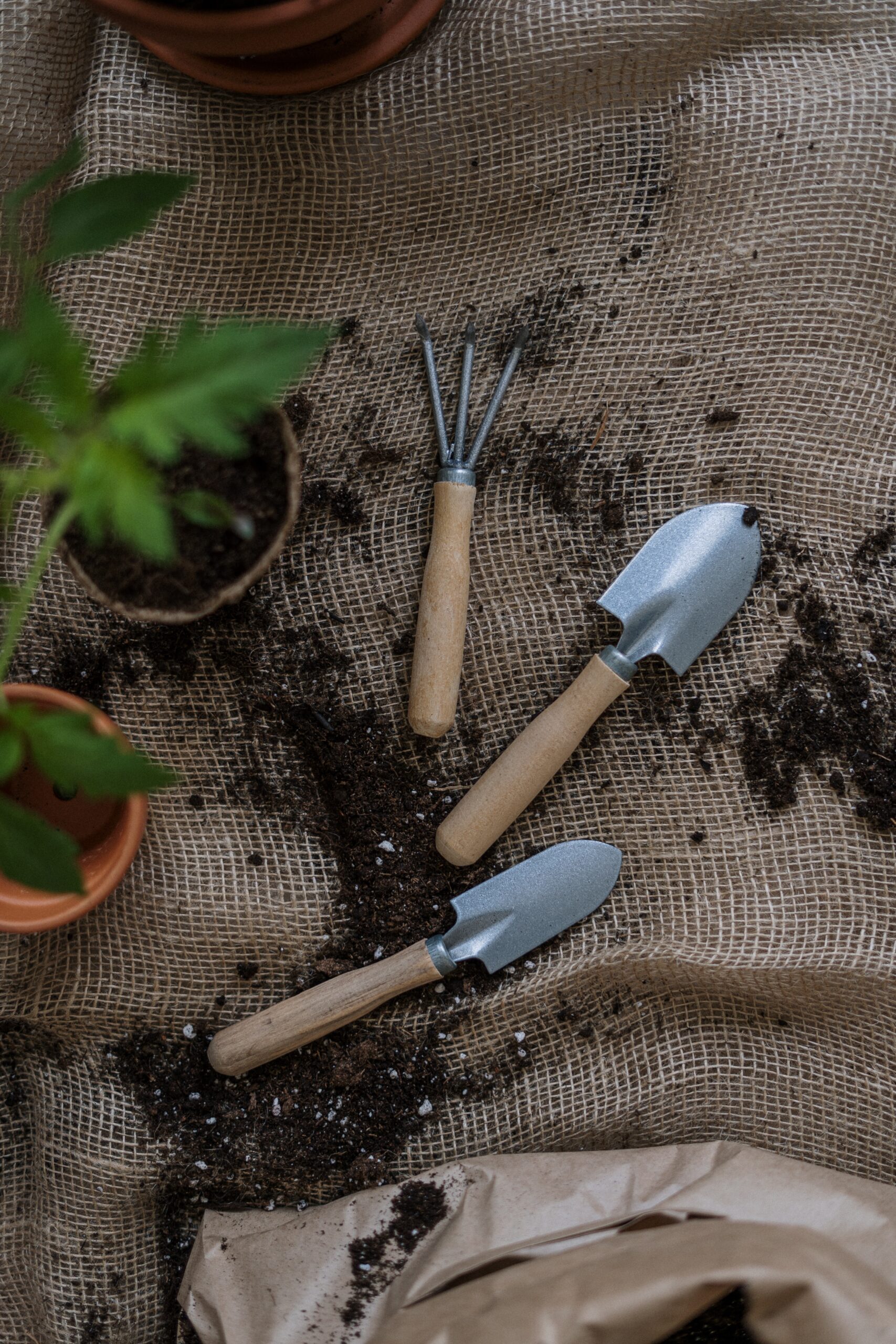
Collapsing Leaves: An SOS from Your Plants
When your houseplant’s leaves start to collapse, it’s a clear cry for help. Collapsing leaves are often a result of root problems. Overwatering can lead to root rot, a common problem that causes leaves to collapse and eventually kill your houseplant. To check if your plants have root rot, you’ll have to do a bit of houseplant “surgery.”
Lay out a tarp and lay the pot on its side, gently digging out the soil from the sides of the pot to expose the roots. Once the soil is loose enough, gently remove the plant and examine the root ball. If the roots are dark, mushy and smelly, you likely have a case of root rot.
Trim back the infected roots with a pair of clean, sanitized shears and gently repot the plant in new soil and good drainage. Discard the old soil, as it might have fungus or bacteria that could attack the healthy roots. Give your plant a good watering once you’ve repotted. It seems counter-intuitive, but the new exposed roots you cut back to will need some nutrients to grow back and thrive.
Your plant might lose leaves a few days after this process from the shock of replanting, but give it time and you might see your plant improve.
Finally, lack of proper light can weaken your plant’s roots, making them susceptible to diseases and collapse. Find a good spot with the right amount of light for your specific houseplant species.
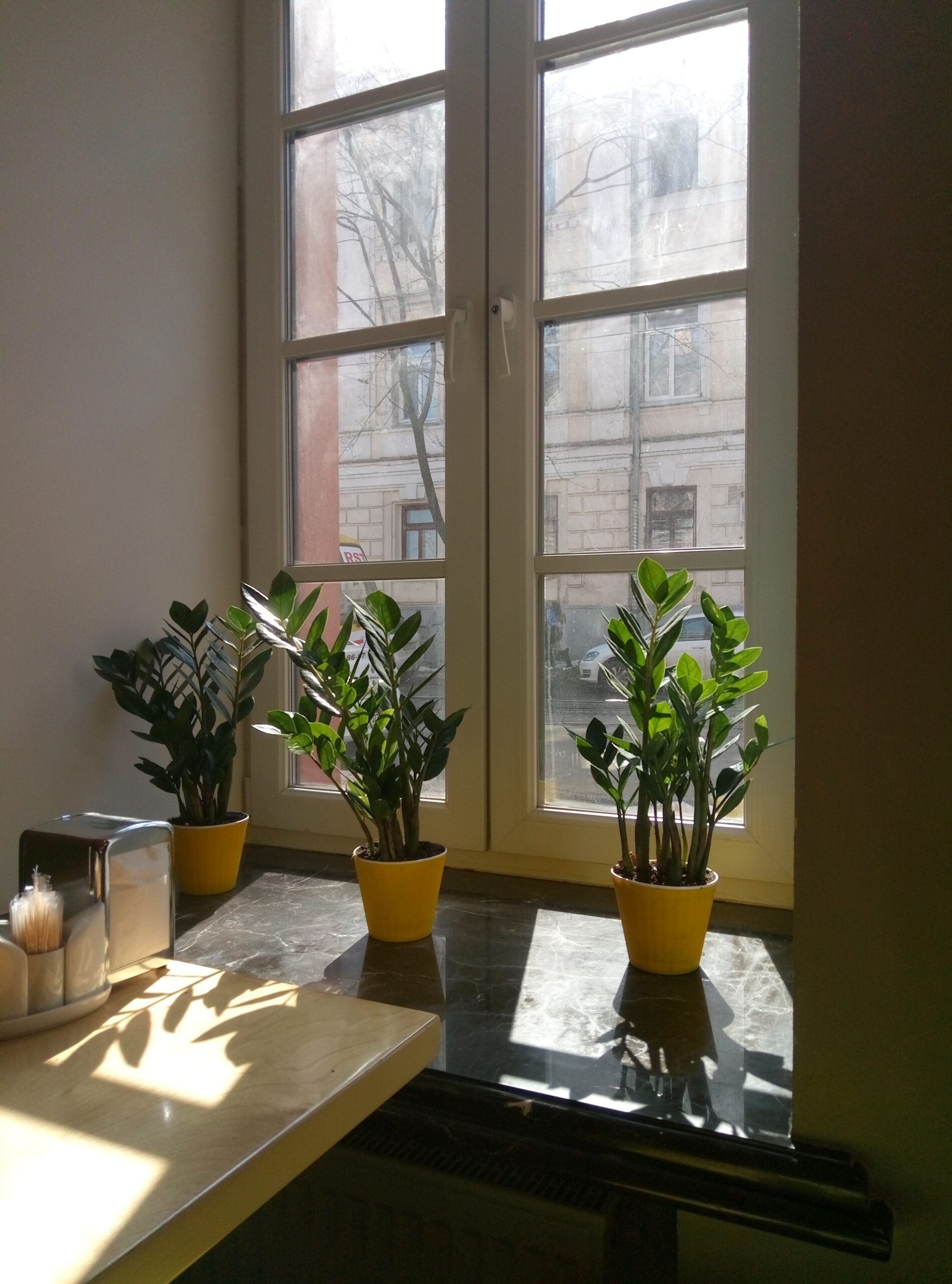
Solutions for Success
Having healthy houseplants boils down to (mostly) these: understanding their water requirements, lighting requirements and environmental requirements.
When it comes to watering, all plants have different needs, and they change with the seasons. A good way to remember is by adding a note in your phone with the date of last water, and keep and eye on your plants for a few months to gauge what makes them happiest.
Research your houseplant’s light requirements and place it in a location that provides the right amount of light. Some plants prefer bright, direct light, while others do best the best in partial diffused light. Others (looking at you, the ever-resiliant snake plant) will do fine in next to no light.
As silly as it may sound, plants are sensitive creatures, and often react to new environments, even if it’s just a few feet closer to a window. If you move your plants around to new lighting locations, give them a week or so to adjust.
With your environment, look into your plant’s preferred humidity levels. If you want a dense tropical forest yet live in a dry area, you’ll have to make some adjustments to keep them happy, such as investing in a humidifer or two and bumping up your thermostat a few degrees.
Finally, this is worth an honorable mention: Don’t get frustrated at their lack of growth and overdo the fertilization. Stick to a regular fertilization routine and follow the recommended dosage to prevent nutrient buildup. In the summer, it’s generally once a month. In colder months, every two or three months is plenty. Too much fertilization can be too harsh, and damage or burn the roots.
popular posts
- 1It’s Black Business Month, So Let’s Go Shopping and #BuyBlack!
- 2These Home Decor Items Will Instantly Make Your Space Look Outdated
- 3Black-Owned Home Decor Stores To Support Across the United States
- 4A Look Inside Elon Musk's Tiny $50,000 House
- 57 Black and Multicultural Designers To Follow For Design Inspo
Home

These 5 Kitchen Tools Will Up Your Culinary Experience
by Arielle Clay | January 19, 2023

I’ll Drink To That! Host a Black-Owned Wine & Spirit Tasting At Home
by Arielle Clay | January 20, 2023
Spaces
Whether it’s luxury or ease, every area of your home should be as fabulous and unique as you.
FOLLOW ALONG ON INSTAGRAM
#homeandtexture
Find us on social for more home inspiration where culture, personal style, and sophisticated shopping intersect to help you create a home where you love to live.
